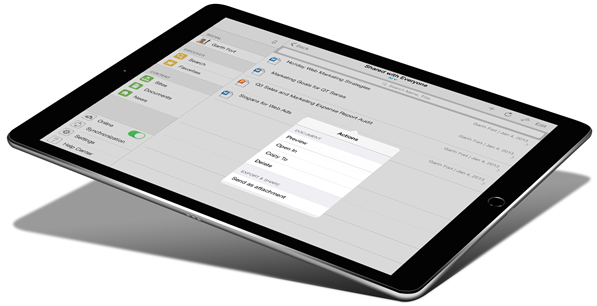

Stocks involve physical ownership of the security.ĮTFs diversify risk by tracking different companies in a sector or industry in a single fund. Mutual funds own the securities in their basket. Stocks can be purchased commission-free on some platforms and generally do not have charges associated with them after purchase.ĮTFs do not involve actual ownership of securities. Some mutual funds do not charge load fees, but most are more expensive than ETFs because they charge administrative and marketing fees. Some ETFs can be purchased commission-free and are cheaper than mutual funds because they do not charge marketing fees. Stocks are traded during regular market hours. Mutual funds can be redeemed only at the end of a trading day. Stock returns are based on their actual performance in the markets.ĮTFs are traded in the markets during regular hours just like stocks are. Mutual fund prices trade at the net asset value of the overall fund.

Stocks are securities that provide returns based on performance.ĮTF prices can trade at a premium or at a loss to the net asset value (NAV) of the fund. Mutual funds are pooled investments into bonds, securities, and other instruments that provide returns. Others track a wide breadth of foreign markets, such as ones that track emerging market economies ( EEM) and developed market economies ( EFA).Įxchange-traded funds (ETFs) are a type of index funds that track a basket of securities. Examples include China ( MCHI), Brazil ( EWZ), Japan ( EWJ), and Israel ( EIS). Country ETFs track the primary stock indexes in foreign countries, but they are traded in the United States and denominated in U.S.Commodity ETFs represent commodity markets, including gold ( GLD), silver ( SLV), crude oil ( USO), and natural gas ( UNG).Sector ETFs track individual industries and sectors such as oil ( OIH), energy ( XLE), financial services ( XLF), real estate investment trusts ( IYR), and biotechnology ( BBH).The SPDR Dow Jones Industrial Average ( DIA) (“diamonds”) represents the 30 stocks of the Dow Jones Industrial Average.The Invesco QQQ ( QQQ) (“cubes”) tracks the Nasdaq 100 Index, which typically contains technology stocks.


Performance: While past performance is not an indication of future returns, this is nonetheless a common metric for comparing ETFs.While it may be tempting to always search for funds with the lowest expense ratios, sometimes costlier funds (such as actively managed ETFs) have strong enough performance that it more than makes up for the higher fees. Expenses: The lower the expense ratio, the less of your investment that is given over to administrative costs.Volume: Trading volume over a particular period of time allows you to compare the popularity of different funds the higher the trading volume, the easier it may be to trade that fund.


 0 kommentar(er)
0 kommentar(er)
